Latin American and Caribbean Group
_logo.jpg)
The Latin American and Caribbean Group (GRULAC: Group of Latin America and Caribbean Countries) is a United Nations (UN) regional group gathering all the Latin American and Caribbean states (17% of all UN members). It is one of the five UN regional groups, the others being the African Group, the Asia-Pacific Group, the Eastern European Group, and the Western European and Others Group (WEOG). It is a non-binding dialogue group where subjects concerning regional and international matter are discussed and its objective is to reach consensus.[1][2] The president of GRULAC is elected for a two years mandate. Since April 2016, the presidency is held by Ramón Custodio from Honduras.[3]
Meetings
The regular meetings of GRULAC take place in Geneva. The goals of these meetings are to:[4]
- Share documents on topics of common interest
- Discuss current topics in relation with international affairs and international organizations
- Build consensus and common positions
- Discuss which candidates will be presented for different international positions
The Ambassadors meeting is the most important of the meetings, though it is not a regular meeting and only occurs according to the needs of the moment, such as if important decisions are needed to be taken in other organizations or forums.[5]
The different offices
The most regular topics discussed by the group in general are human rights, environment, WIPO, ILO, UNCTAD and ITU.
The GRULAC has several offices:
- Two in Rome. One focuses primarily on bilateral issues, while the other concentrates on multilateral issues, in particular those of the UN agencies in Rome.
- One in Vienna which deals with candidate memberships to the group, and on topics of interest to the local organizations: UNOV, IAEA, CTBTO, United Nations Office for Outer Space Affairs[6] and UNIDO. GRULAC also has local discussions with other groups as the G77 + China and the Non-Aligned Movement.
- One in New York City where it deals with candidacy issues and other general topics.[7]
List of member states
GRULAC comprises the 33 countries listed below:[8]
-
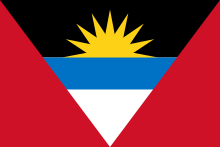 Antigua and Barbuda
Antigua and Barbuda -
 Argentina
Argentina -
 Bahamas
Bahamas -
 Barbados
Barbados -
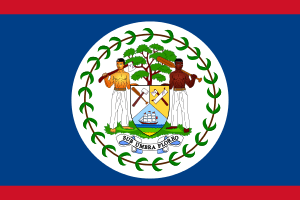 Belize
Belize -
 Bolivia
Bolivia -
 Brazil
Brazil -
 Chile
Chile -
 Colombia
Colombia -
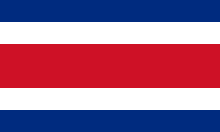 Costa Rica
Costa Rica -
 Cuba
Cuba -
 Dominica
Dominica -
 Dominican Republic
Dominican Republic -
 Ecuador
Ecuador -
 El Salvador
El Salvador -
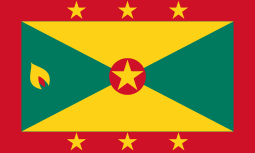 Grenada
Grenada -
 Guatemala
Guatemala -
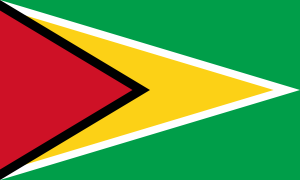 Guyana
Guyana -
 Haiti
Haiti -
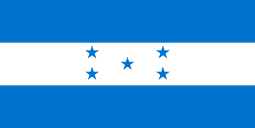 Honduras
Honduras -
 Jamaica
Jamaica -
 Mexico
Mexico -
 Nicaragua
Nicaragua -
 Uruguay
Uruguay -
 Panama
Panama -
 Paraguay
Paraguay -
 Peru
Peru -
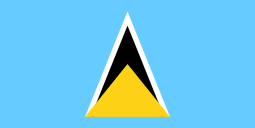 Saint Lucia
Saint Lucia -
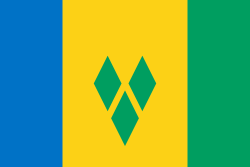 Saint Vincent and the Grenadines
Saint Vincent and the Grenadines -
 Saint Kitts and Nevis
Saint Kitts and Nevis -
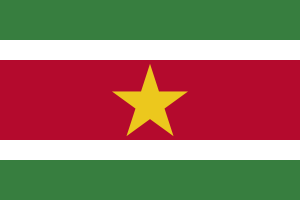 Suriname
Suriname -
 Trinidad and Tobago
Trinidad and Tobago -
 Venezuela
Venezuela
Others
GRULAC, in 2006, formalized its support to Hunger-Free Latin America and the Caribbean Initiative.[9]
References
- ↑ http://www.cancilleria.gov.co/en/content/latin-american-and-caribbean-group-grulac
- ↑ http://www.rlc.fao.org/en/initiative/management-and-follow-up/grulac/
- ↑ http://www.cepal.org/en/pressreleases/visit-germany-alicia-barcena-calls-taking-advantage-investment-opportunities-latin
- ↑ http://www.cancilleria.gov.co/en/content/latin-american-and-caribbean-group-grulac
- ↑ http://www.cancilleria.gov.co/en/content/latin-american-and-caribbean-group-grulac
- ↑ http://www.oosa.unvienna.org/pdf/limited/l/AC105_L245E.pdf
- ↑ http://www.cancilleria.gov.co/en/content/latin-american-and-caribbean-group-grulac
- ↑ http://www.un.org/depts/DGACM/RegionalGroups.shtml
- ↑ http://www.rlc.fao.org/en/initiative/management-and-follow-up/grulac/